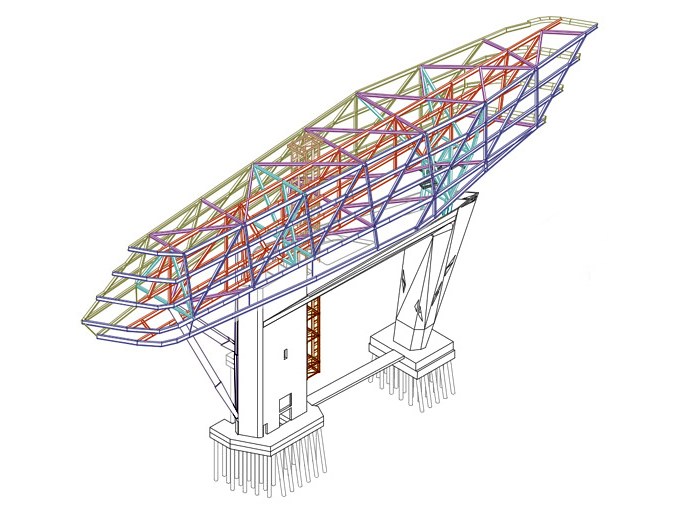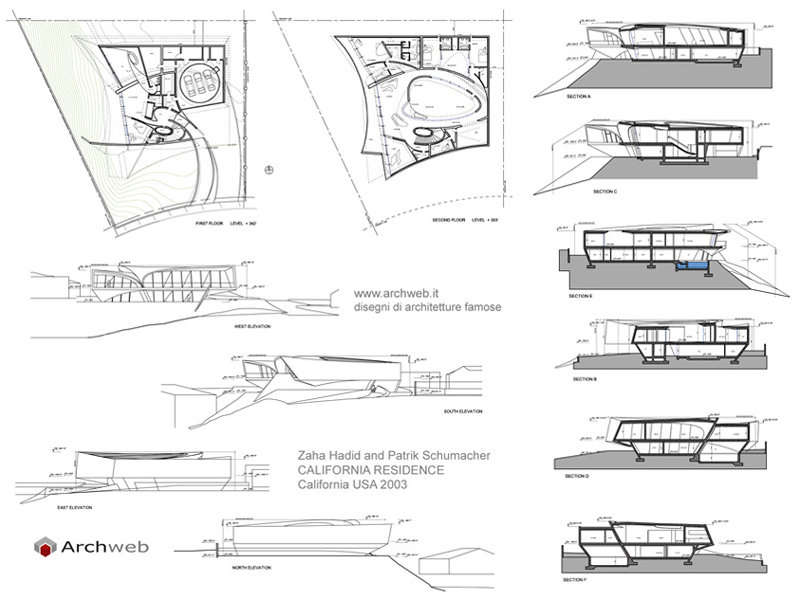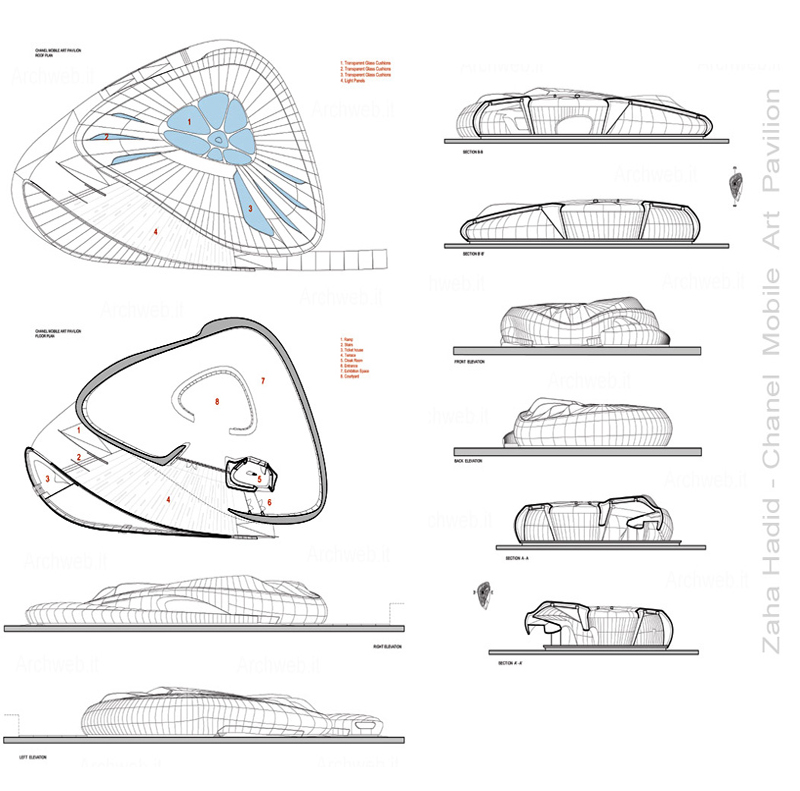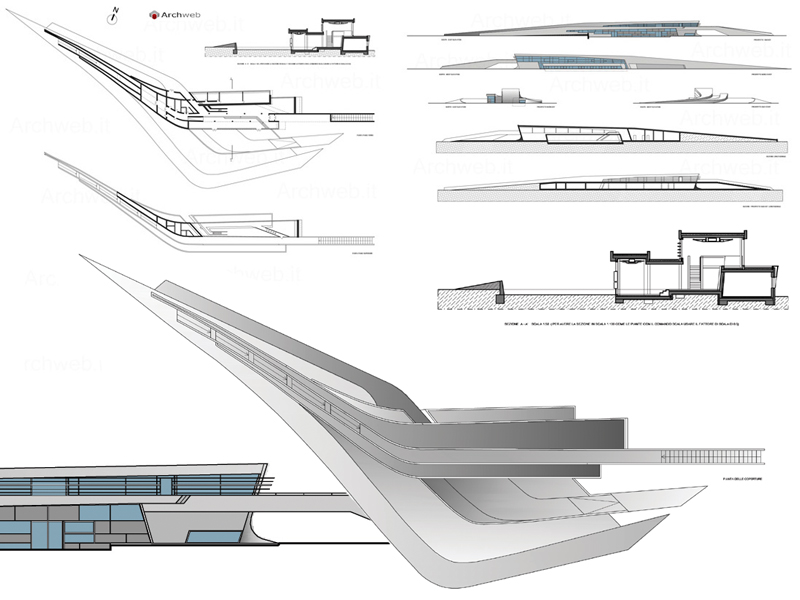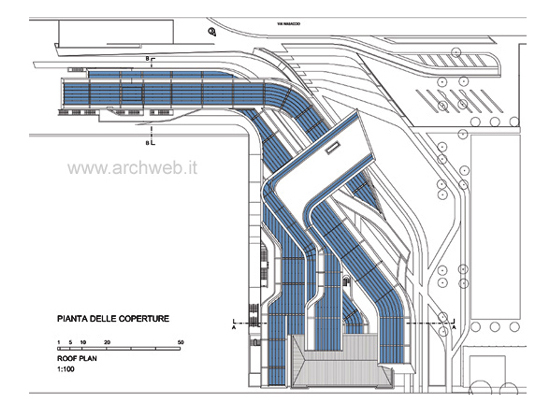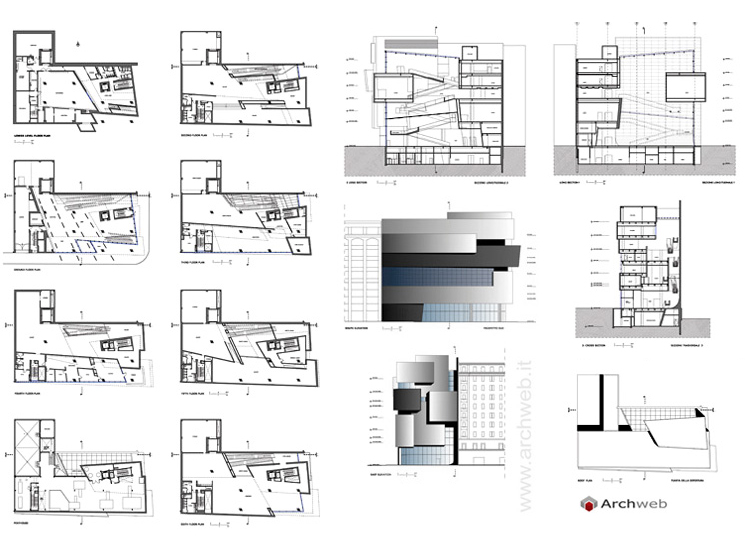
Zaha Hadid
British-born Iraqi architect and designer
Place of birth
Baghdad, 31 ottobre 1950 – Miami, 31 marzo 2016
Dame Zaha Hadid (Arabic: زها حديد; Baghdad, 31 October 1950 – Miami, 31 March 2016) was a British-born Iraqi architect and designer.
She received the Pritzker Prize in 2004 (the first woman to win it) and the Stirling Prize in 2010 and 2011.
Zaha Hadid was a pioneering figure in contemporary architecture. Hadid’s work is characterized by innovative and revolutionary designs, often characterized by fluid shapes, organic shapes and a sense of dynamism.
Here are some key aspects of Zaha Hadid’s architecture:
Parametric Design and Organic Forms
Hadid was a key proponent of parametric design, using computer technology to create complex and fluid architectural forms. Her designs often featured curves, folds, and asymmetrical shapes that challenged traditional notions of geometry.
The use of parametric design allowed her to create buildings with a sense of fluidity and movement, exemplified in projects like the Heydar Aliyev Center in Baku, Azerbaijan.
Innovative Use of Materials
Hadid’s architecture often pushed the boundaries of construction technology. She experimented with new materials and construction techniques to realize her visionary designs.
Projects like the Guangzhou Opera House in China showcase her use of innovative materials and complex structural systems.
Iconic Buildings
Hadid’s portfolio includes a range of iconic buildings around the world. Some notable examples include the Vitra Fire Station in Germany, the MAXXI National Museum of 21st Century Arts in Rome, and the London Aquatics Centre built for the 2012 Olympic Games.
Integration of Art and Architecture
Hadid’s designs often blurred the boundaries between architecture and art. Her buildings were conceived as sculptural works, and she collaborated with artists to integrate artistic elements into her projects.
Global Recognition and Awards
Zaha Hadid received numerous awards and honors for her contributions to architecture, including the Pritzker Architecture Prize in 2004, making her the first woman to receive the prestigious award.
Challenges and Legacy
Her work has had a profound impact on the field of architecture, inspiring architects and designers around the world.
After her passing in 2016, her architectural practice, Zaha Hadid Architects, continues to operate, and her influence is still felt in contemporary architecture.
Zaha Hadid’s legacy extends beyond her built works; she has left a lasting imprint on architectural discourse, challenging conventional norms and pushing the boundaries of what is possible in design and construction.
Works and projects
How the download works?
To download files from Archweb.com there are 4 types of downloads, identified by 4 different colors. Discover the subscriptions
Free
for all
Free
for Archweb users
Subscription
for Premium users
Single purchase
pay 1 and download 1





























































